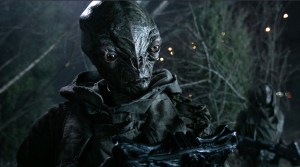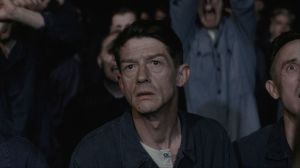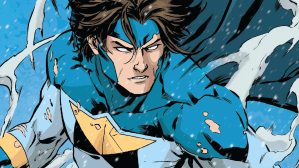Colossal Biosciences is attempting to do something that many of us only thought was possible in the movies, and the validation step in that process is the adorable Woolly Mouse. It was recently announced that Colossal Biosciences achieved a major milestone with the birth of the Woolly Mouse, which was engineered to express multiple key traits from the Woolly Mammoth. Co-Founder and CEO of Colossal Biosciences Ben Lamm recently spoke at South by Southwest alongside actor, producer, and Colossal director Joe Manganiello, and ComicBook had the chance to speak with Lamm and Manganiello about the importance of the Woolly Mouse in their overall de-extinction goals, as well as the possibilities and direct effects these innovations can have on the world at large, and those Jurassic Park comparisons.
Videos by ComicBook.com
We even got some comics and Teenage Mutant Ninja Turtles talk in, but first, let’s talk about the adorable Woolly Mouse. For Lamm, the birth of the Woolly Mouse is a major step in two main ways, and both are important.
“So really two big things. One is it shows that the edits that we’ve already been making on the Asian Elephant cells with our Mammoth targeted genes that we’ve been working on for the last two and a half years are correct. Because we can see them being exuded into mice. That’s number one, so it means that we don’t have to go back,” Lamm said. “It means we’re on the right track with our current editing for the Mammoth.”
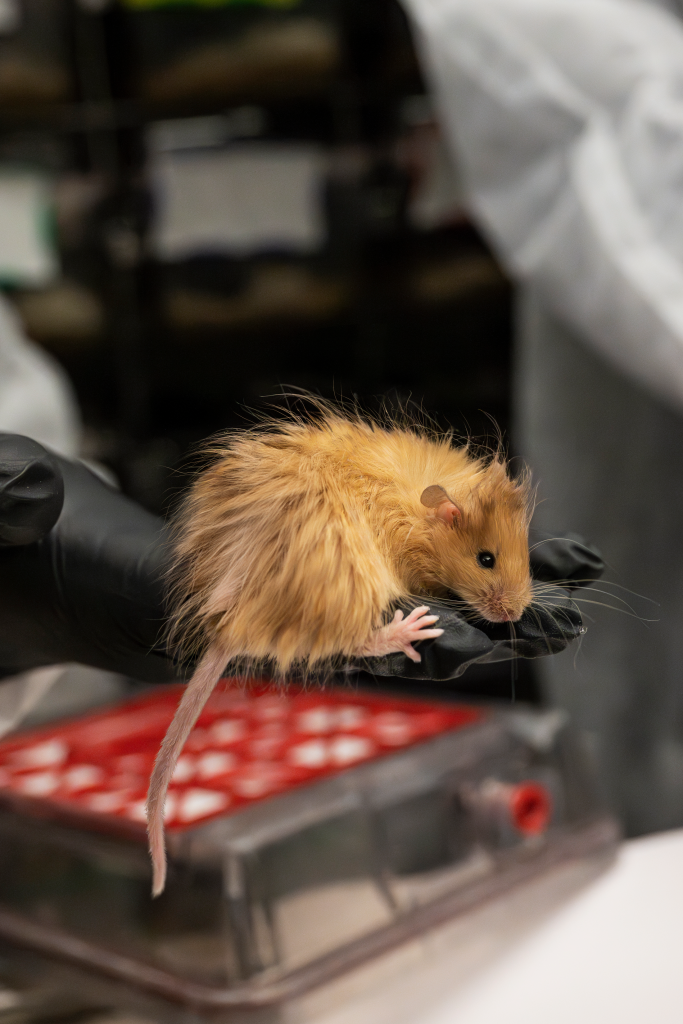
“But the other thing it means is that this end-to-end pipeline of taking ancient DNA, doing cellular engineering, genetic engineering, embryology and then quality control, so that like we’re only taking embryos to term that we know are healthy,” Lamm said. “And we know that all the edits that we made in seven genes had 100% efficiency. They were exactly what we expected with no off-target effects and produced healthy animals that looked exactly as we expected, and we did that in a month. Wow. So that we, we literally applied the tech from in September and got it in October and got our first mice in October, so it shows that we’re on the right track for our Mammoth and it shows that our end-to-end pipeline works.”
“With the 100 success ratio, that talks to the ethics involved, I think because there are people that are going to talk about ethics. I mean ethics of human beings leading species into extinction and having an ethical responsibility to try to preserve the life on the planet in the way that the Colossal is doing,” Manganiello said. “But also when you’re talking about gene splicing and you’re bringing an animal that contains ancient DNA to the planet in a form that has never been here before, but you’re doing that in as clean a way as possible, I think that’s really important, because anytime there’s new technology, there’s always a race between people who are ethical and who aren’t, and the fact that Colossal is doing it the right way I think should calm a lot of people’s concerns.”
The quickened timeline has been achieved thanks to an all-star team at the center of the project. “My background is in really two things, building systems and building teams, right? And so de-extinction and species preservation is a system, it’s a systems model. We have to innovate across and invent across a large proportion of different technologies in order to achieve our goal, and they all have to work together, and they have to work together flawlessly,” Lamm said.
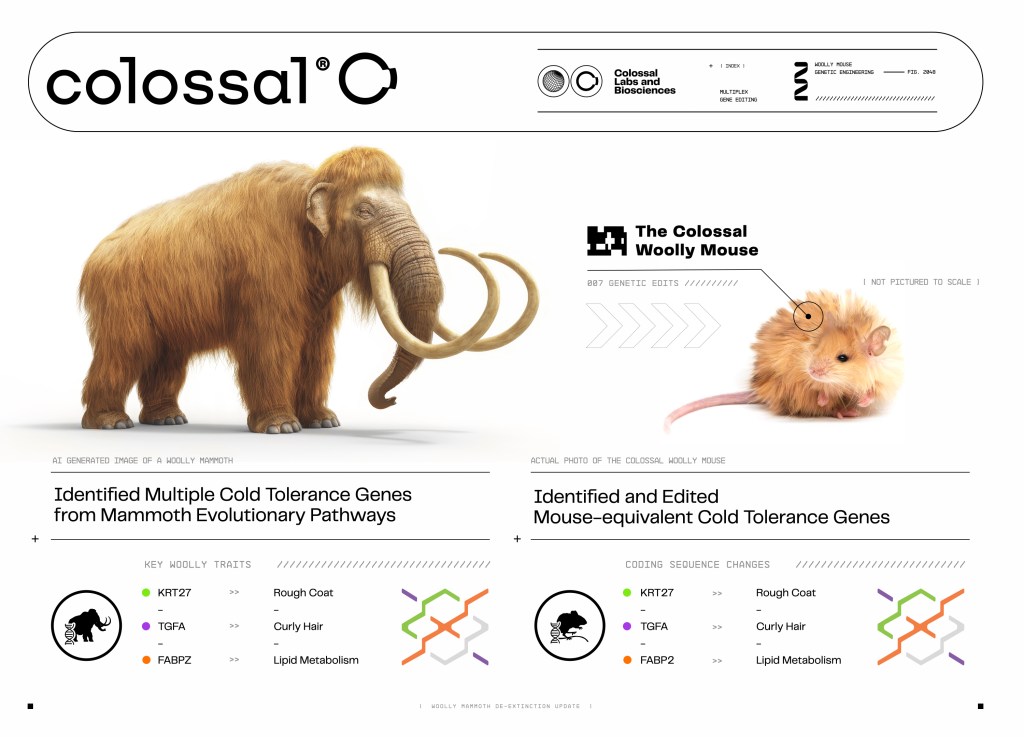
“Very much like sending a rocket into space, right? It has to all work together. In addition to that, I build teams, and I’ve got people like Beth Shapiro and George Church, and these are really the superstars. These are really the rock stars that are able to drive these innovations and technologies in a way that we can deliver exactly what we promise and to Joe’s point, ethically and transparently?”
For Manganiello, he’s always been fascinated by genetics and biology, even so far back as high school, though there’s also a very personal reason tied to his love of it. “I’ve had a lifetime, lifelong obsession with genetics and biology. I went to a great high school that had a great program and so I became obsessed then, but as I got older and older, what I realized was, or at least what became something that was of the utmost importance to me was understanding the field of epigenetics,” Manganiello said.
“I kind of came into this through personal obsession with epigenetics as it played out in my family’s tree. You know, my great-grandmother survived the Armenian genocide and lost eight of her children. Eight of her children murdered, and lost the ninth one escaping. She lost her family, village, everyone around her. And she met in a camp for survivors a German officer who was stationed there at the time and gave birth to my grandmother there in the camp,” Manganiello said.
“My grandmother grew up and spent half of her life battling a host of autoimmune conditions that you know, Dr. Gabor Mate talks about, and it certainly has a lot of the empirical data to support the fact that we know, I mean this has been experimented on cherry blossoms, the fact that rats who are trained to be afraid of cherry blossoms then give birth to offspring who are afraid of the scent of cherry blossoms without even having been exposed to them or even seen one, and then their offspring are afraid,” Manganiello said.
“So this idea that trauma can be imprinted genetically and then passed down so that something like the Armenian genocide that happened 110 years ago can then echo down through future generations and create terrible quality of life for the descendants. And I watch the reverberations of that play out through my family. So you know, it’s been an obsession of mine to try to understand and unlock and stop that from happening to future generations. And then I met Ben, and Ben, gosh, I mean I was introduced to Ben as this is, this is John Hammond of the real-life Jurassic Park,” Manganiello said.
Speaking of Jurassic Park, those comparisons come up quite a bit (us included), so we wanted to know how logical or misguided those comparisons actually are to what Colossal is doing.
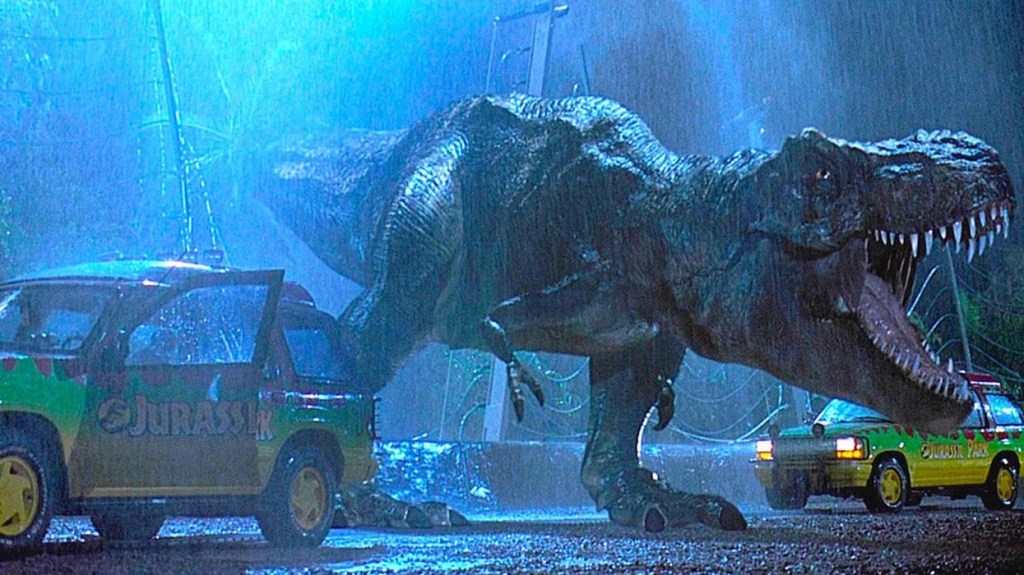
“So there is no ancient dino DNA, 65 million years old. Amber is a terrible DNA storer. You know, neither we’ve tried, but it is. They did get a lot of the science right. That part they didn’t, but one of the things that they don’t get the credit for is that they inspired this next generation of scientists, right? Like I know a lot of scientists that were like, I saw Jurassic Park. There’s this thing called DNA, and Mr. DNA told us all about it, and we now as humanity have the tools to edit it and create things. Not all those geneticists wanted to make dinosaurs, but they were inspired based on seeing the movie,” Lamm said.
“So while we hear the comparison quite frequently, I still think that Jurassic Park did a really good job of inspiring people to want to be geneticists and also educating people. There’s this ability to do genome engineering,” Lamm said.
“But I’m also going to jump in here on the side of wishful thinking, which is the fact that when you take something like the thylacine, the Tasmanian tiger, a marsupial wolf that had an incomplete strain of DNA, and so what’s required to bring the thylacine back is to understand that its closest living relative is a little marsupial mouse,” Manganiello said. “So there are parts of that marsupial mouse’s DNA that are the same as the thylacine’s.
“Now, there’s also a descendant of the thylacine, this type of wolf that shares the same skull structure except for one little tiny variation, but if you know where that variation is, I mean you wouldn’t know it unless you were looking for it, but if you understand that, then you can then replace or fill in gaps in the thylacine DNA with a descendant of, and therefore understand the evolution of this animal more,” Manganiello said. “So circling back to dinosaurs, there are descendants of that perhaps we can then understand better and then go back in and fill in those gaps. This is, again, wishful thinking here.”
Now we couldn’t leave without talking about some comics, and when they aren’t trying to bring back extinct species, they do love some epic superhero stories, and I wanted to know which comics and comic stories were the ones that resonated with them most.
“I would say there’s two, two generations for me. My first is when I was younger, to kind of date myself. Remember the Death of Superman? I mean, of course you remember the Death of Superman, but remember when like there was the Death of Superman and they had the black cover and then you had, you had the rise of these different Supermen and Superboy,” Lamm said. “You had all of this stuff and it’s like, was he really dead?”
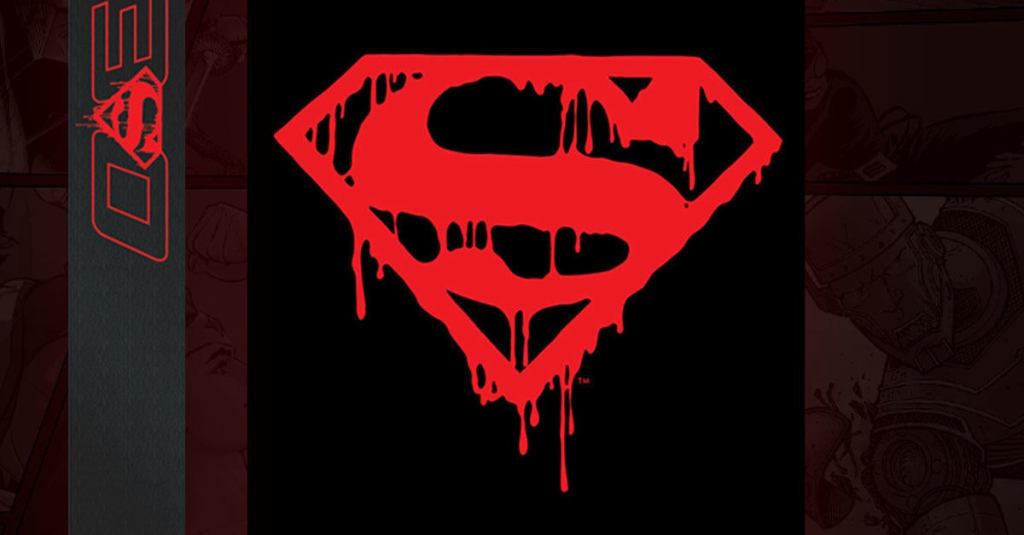
“I was a big Superman comic book kid, and the Death of Superman was like this pivotal moment for me, and there was like this explosion of these other Supermen, and you had these other subplot lines and these other comic books, and it was interesting but it was like confusing,” Lamm said. “And I was like, oh my gosh, this is so deep. This is so deep, and it’s just not the same thing, so that was a major pivotal point for me in comics.”
“Another pivotal point was when I was older, and honestly, I kind of got out of it for a while, right? Because I was just running software companies, wasn’t as focused, and someone gave me the Walking Dead graphic novels, and I went f deep,” Lamm said. “I was like, this is amazing.
“So this is a true story. I actually bought graphic novels of the Bible because I wanted to read the Bible, right? I wanted to understand more about, you know, I’ve got Jewish people in my family. I’ve got Christians in my family. I wanted to read and understand more, so I actually got comic book versions of these old fables from the Bible because I was like, I can’t ingest this the way it is, but I’d read it like the Walking Dead,” Lamm said. “And I will tell you, it’s been epic. There are epic stories regardless of what you believe around religion or Judeo Christian or whatever, there’s still awesome tales and parables in there that that you can get interesting life lessons from, and some of them are f****** epic. So for me, those were a couple of moments for me that I got even deeper in comics.”
For Manganiello, it was all about the Teenage Mutant Ninja Turtles, though not just in the realm of comics, as some wonderful memories are also tied to an old Turtles roleplaying game that I now have to track down.
“Mine would have been the Teenage Mutant Ninja Turtles, black and whites, the original series by Eastman and Laird. I spent a lot of time in New England growing up, and that was ground zero for those comics, so I had those before anybody did,” Manganiello said. “And Also in the 80s, there was a role playing game based on the Teenage Mutant Ninja Turtles where you rolled on tables to see what animal or dinosaur you were, and then you had a certain amount of points to mutate your animal,” Manganiello said. “And then did you come from a military facility? Did you escape? You know, were you adopted by a mentor? Did you learn a martial art? You know, all of this, and so I grew up creating stories and running my friends through stories that I created based on mutant animals.”
“So again, it’s like, oh wait, there’s a company called Colossal Bioscience, and it’s basically the stories that I was coming up with, let’s go,” Manganiello said.
What do you think of the Woolly Mouse, and what are you excited by most about Colossal’s goal of de-extinction? Let us know in the comments or on Bluesky @knightofoa!



